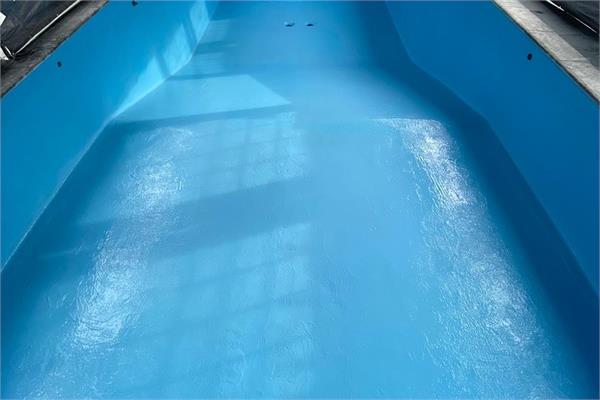
The cost-effective and solvent-free Carbonamine contains up to 18% CO2 waste and can be fast cured at low temperatures.
Carbonamine is a new coating with patented technology that combines the durability of polyurea/polyaspartic with an ingredient made from waste carbon dioxide, allowing the inclusion of up to 18% of CO2 waste, and can be cured at low temperatures down to minus 5ºC.
It does not contain expensive low-viscosity isocyanates and it is odourless, solvent free and non-flammable, so manufactures are able to produce environmentally-friendly coatings at a reduced cost for a wide range of applications, such as concrete and anti-corrosion primers, UV-resistant top coats and clear floor varnish for protecting decorative systems.
Carbonamine’s durability, flexibility, adhesion and abrasion resistance ensure ease of application also on damp substrates including aluminium, concrete, wood and steel, without foaming.
“It’s well known that alkylene carbonates will react with primary (reactive) amines, and they are used in fast-curing polyurea spray systems and several other similar applications. However, only small amounts of alkylene carbonates were previously used in polyaspartic coatings, as it was thought that they wouldn’t react into the resin matrix,” stated Richard Foster, the developer of Carbonamine. “Additionally, my work on Carbonamine revealed that when a catalyst is used to cause the alkylene carbonate to react into the resin system far larger quantities can be used. While large percentages of alkylene carbonates are not usually used in resin systems, Carbonamine employs up to 30 per cent propylene carbonate because it is a readily available, inexpensive commodity product. Alkylene carbonates have a very low viscosity similar to water, meaning that solvents are usually unnecessary.”